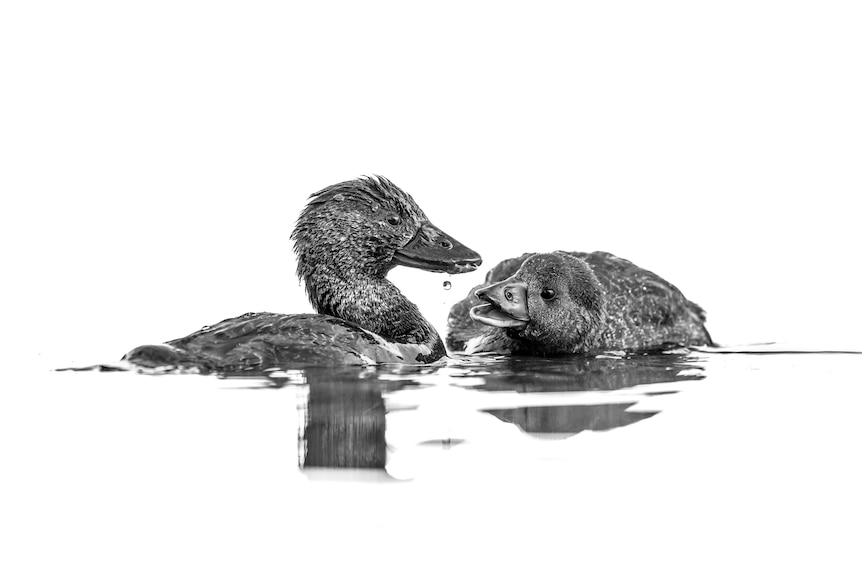Don’t let the rats fool you. Although pizza-pilfering vagabonds—and many other creatures—thrive in cities, because most urban wildlife is inhospitable homes, covered in concrete and carved up by traffic. As buildings go up and roads are repaired, some species seem to disappear from the earth, and animal habitats tend to become less diverse, scientists have found.
But not all cities are created equal. Urbanization appears to be having a greater impact on wild mammals in hot, sparsely vegetated areas than in cool, green ones, according to a new study, published in Nature Ecology & Evolution on Monday. The results suggest that climate change may exacerbate the effects of urbanization on wildlife.
“As our climate warms, the heat of our cities is something that will continue to be a challenge for us and wildlife,” said Jeffrey Haight, a postdoctoral researcher at Arizona State University and author of the new study.
Researchers analyzed photos taken by wildlife cameras at 725 locations across 20 North American cities. The cities, including Chicago, Phoenix, and Tacoma, Wash., are participants in the Urban Wildlife Information Network, an ongoing effort to collect data on urban biodiversity. In each city, cameras were placed in various places; some camera sites, such as those near airports or highways, were in higher urban areas, while others, such as parks and roads, were less developed.
Scientists studied photos taken in the summer. They discovered 37 species of native mammals, including raccoons, squirrels, rabbits, foxes, cougars and deer.
Overall, the researchers found, wild mammals were more common and more diverse in non-urban areas, reinforcing findings from other studies. But wildlife seemed to cope better with urbanization in cool or lush cities – homes with lots of healthy, green plant life – than those that were warm or barren.
For example, as camera sites have become more urbanized, mammal diversity has declined more in warm Los Angeles than it has in cooler Salt Lake City. And although Sanford, Fla. and Phoenix, Ariz. are both similarly warm, Sanford has more greenery than Phoenix. Sanford’s urban areas support a more diverse mammal community than Phoenix’s urban areas, the scientists found.
Researchers can’t say what drives these patterns, but cities are known to trap heat, making them warmer than nearby areas. In cities that are already in hot climates, this urban heat island can “make it difficult to live,” Dr. Haight said. In temperate regions, the warmth of cities can be beneficial for animals that need a cool home.
When it comes to greenery, greenery itself can provide acceptable food and shelter for urban animals. But green cities also tend to be wet cities, which can mean that other resources, such as water, are easier to find, Dr Haight said.
Larger animals, such as cougars and elk, were also more negatively affected by urbanization than smaller ones, the researchers found. That may be because larger animals need more space to move around. “Although there is a lot of living space in the cities, it is often damaged,” said Dr. People may not be able to tolerate large animals roaming the cities, he added.
Urban mammals are not as well studied as urban plants or birds, and collecting data on 37 species across 20 cities was “a big step,” said Christine Rega-Brodsky, an urban ecologist at Pittsburg State University in Pittsburg, Kan. who was not involved in the investigation. “Our world is rapidly urbanizing and facing a global extinction crisis, so we need to urgently understand how human actions are affecting wildlife and biodiversity,” he said in an email.
The study had limitations. Cameras are not equally good at seeing all species, and scientists only analyzed photos from North American cities in the summer; different patterns may appear in other areas or seasons.
But the research underscores how human-driven changes in the environment can have cumulative effects, Dr. Rega-Brodsky said. It also points to potential solutions, suggesting that perhaps hot and arid cities can help protect their animal populations by providing them with greenery, water and places where wildlife can escape the heat.
“Each city in the world has certain characteristics that make it ecologically different from the next and requires different strategies to preserve its biodiversity,” said Dr. Rega-Brodsky.
#Urban #Animals #Heat #Study #Finds


